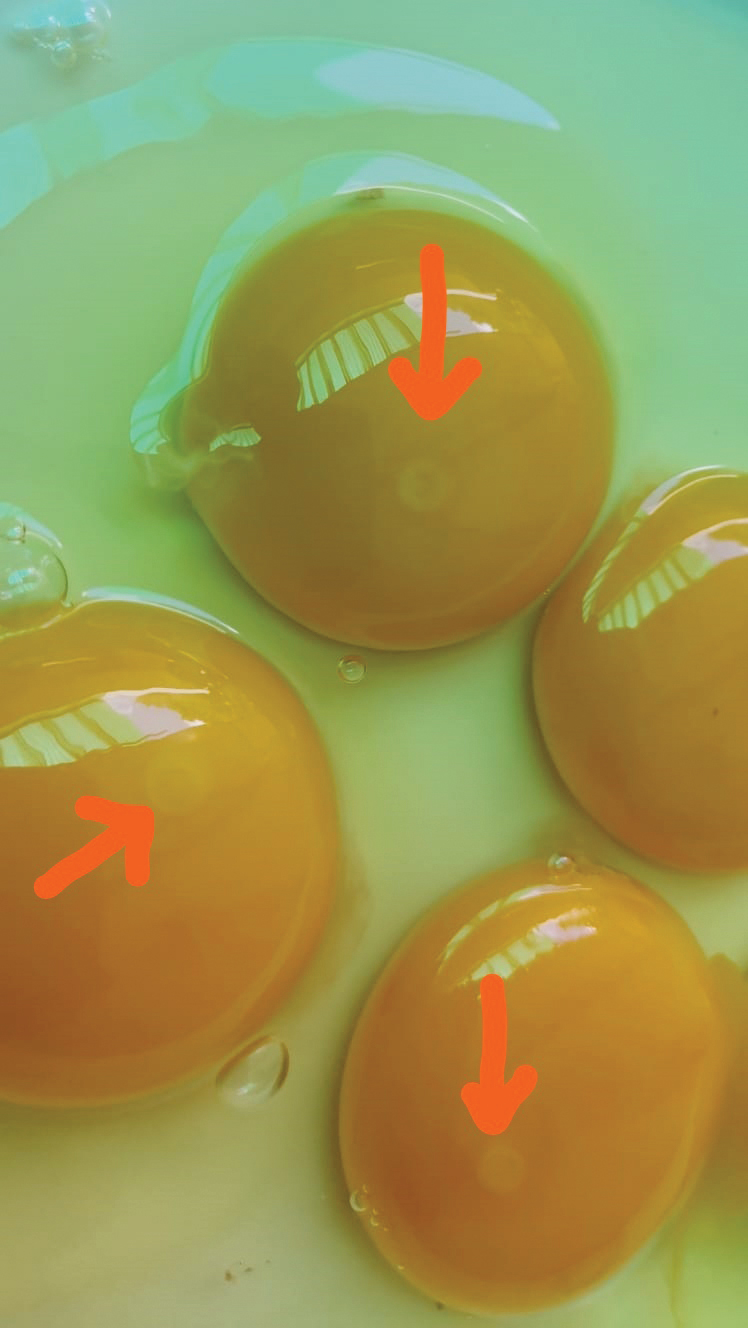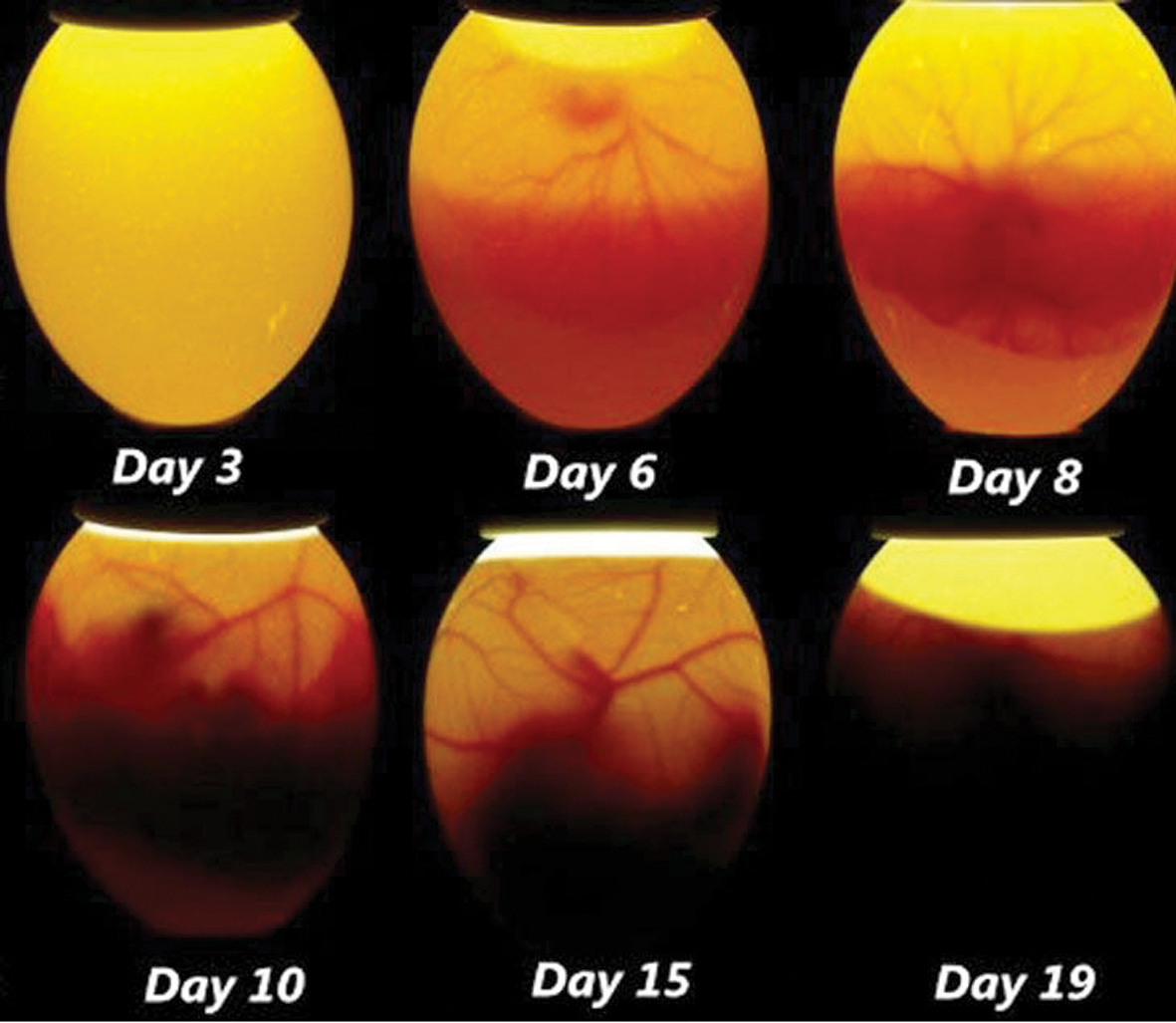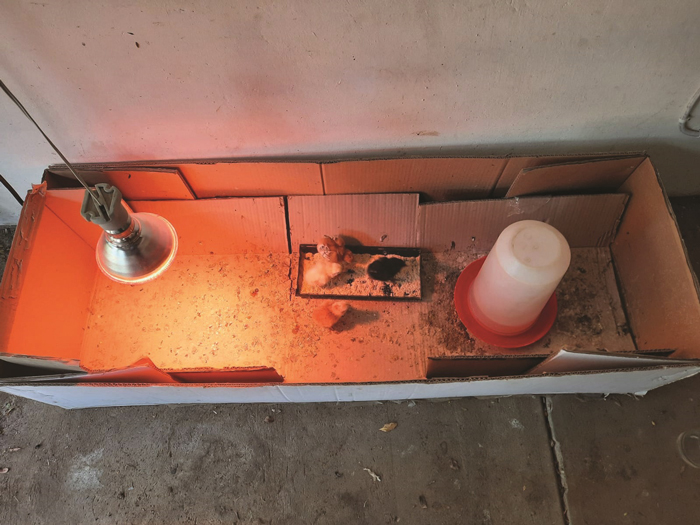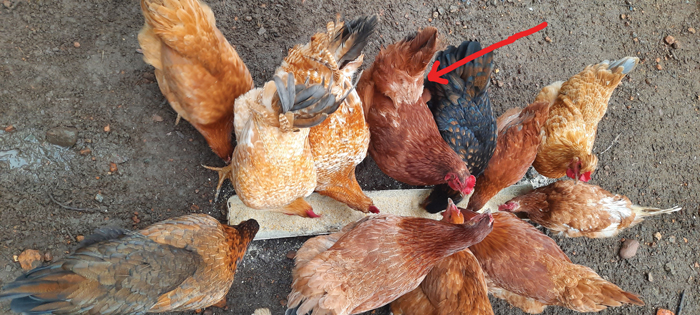
Although keeping ‘backyard chickens’ is not that complicated, growing your flock of chickens in a short space of time may require a bit more time and money.
Growing a flock of chickens in a short space of time may require more of an investment than just buying a couple of hens and a rooster to do the work. To get your flock to grow quickly, needs much more time and management than just a few hens laying eggs to brooding and raising the chicks to the next cycle.
An incubator might be the other option to take advantage of the many eggs chickens lay before they are broody. An incubator is great if you have no disruption in power supply and if you have the budget for it.
This article focuses on ways you can manipulate the chickens and ensure a high survival rate of all hatched chicks each time.
Understanding the chicken breeding cycle
Growing from a day-old chick, it takes about 18 to 19 weeks before a hen can lay eggs. Chickens can lay more than 15 eggs before becoming broody and each egg is laid at an interval of approximately 24 to 26 hours. It is worth noting that a hen can lay eggs without a rooster mounting it, but all these eggs are considered infertile.
It takes 21 or more days of incubation before all the eggs hatch. After sitting on her eggs for about 21 days until they hatch, a chicken will typically stay with her chicks for six to eight weeks. When her chicks are old enough to fend for themselves, the mother hen will go back to her flock and return to ’normal’ life. The exact timespan will vary from hen to hen. Don’t be surprised if it takes a few weeks longer than eight weeks.
Considering the above-mentioned, it is obvious that it takes some time to get things going. Taking the time and waiting in-between into consideration, means it’s better to ensure that all systems are in running order. A person should consider the facts below to ensure that little to no time is wasted with infertile eggs or a hen that is not getting the attention of the rooster.
EGG FERTILITY
If you are collecting eggs from your chickens to have them incubated by a hen later when they become broody, the best is to choose eggs from a hen that is favoured by a rooster. To tell which hen has been mounted regularly, look at her back for a loss of feathers (Photo 1). This results from the rooster regularly standing on top of the hen. It is also possible for a chicken to lose feathers naturally, which should not be confused with regular mounting.
Alternatively, you can check for fertility by cracking the egg and checking for a small, white spot or dot on the yolk (Photo 2). This will help give you a good indication of how well the rooster is doing his job. There’s no need to worry about what to do with eggs that you have cracked – fertile eggs are just as good for breakfast and any other use in the kitchen. Crack open the eggs at the time you have a need to use them and observe before beating them.

EGG VIABILITY
Fertile eggs selected for hatching need to be stored carefully for a maximum of 18 days, preferably between 10°C and 12°C. The cooler end of the spectrum is better – especially if you intend to keep them for a longer time while you wait for a hen to become broody.
Here are some tips for storing fertile chicken eggs:
- Store fertile eggs round end up.
- Turn them at least twice each day.
- Keep them cool and dry.
- Make sure eggs are kept away from direct sun and drafts.
REDUCE THE GUESS WORK
Now that you know the rooster is on top of his game and you have fresh, fertile eggs under your best brooding hens, can you count your chickens before they hatch? The old saying still holds water and you can never be 100% certain that all the eggs will turn into chicks. However, there is a way that can help reduce the guess work on the probability of chicks before they hatch.
Egg candling is a method used to observe the growth and development of an embryo inside an egg by using a bright light source behind the egg to show details through the shell. It is called this name because the original sources of light used were candles. Thank goodness for smartphones, as they have a powerful flashlight that can do the egg candling with ease.
HERE IS HOW TO DO EGG CANDLING:
- Eggs may be candled after five days of incubation and every few days thereafter. For the best results, you should candle eggs in a dark room or in dark conditions.
- Hold the flashlight right against the shell at the larger end of the egg, where the air sac is located.
- Rotate the egg to observe blood vessel growth and embryo development.
Candling allows you to monitor many things, including the egg fertility and embryo development (Photo 3). By being able to identify and remove non-viable eggs (infertile or early death), you can also avoid the risk of rotten eggs exploding and contaminating your batch with dangerous germs.

The role of the brooding hen
Clean water and good quality feed are a means of survival for your chickens. If you have the time, try to put them on fermented chicken feed. Although hens that are incubating eggs do not come out regularly to feed or drink, it is a good idea to keep food and water available for when she does come out.
A well-fed brooding hen tends to sit for extended periods on her eggs, without going out regularly to look for food. This ensures that the eggs remain under a favourable temperature that will facilitate their development.
Clean chicken housing reduces the chances of high pest infestations. This could be very irritating for a brooding hen – causing her to seek a regular dust bath, leaving the eggs unattended.
SEPARATING THE CHICKS FROM THE MOTHER
It is clear that it’s a long wait from the number of weeks it takes a mother hen to raise her chicks until she returns to the egg-laying cycle – especially if you do not have ample hens which will be laying and incubating in the meantime. To cut a long story short, from the day when the chicks start hatching, you must begin to collect them daily, preferably at night, until the hatching is complete.
You can candle eggs that have not hatched after 25 days of incubation to see if there is still hope for them to make it. The main reason for separating the chicks from their mother is to ensure that the hen goes back to the flock in a short space of time and starts all over.
At times hens can remain broody even after taking away all the chicks, and it may be tempting to give her a fresh set of eggs to continue incubating. A well-nourished good brooding hen will persevere for another 21 days to see the process through – but the humane thing to do, is to give her a break!
Day-old chicks
You will probably need a place to brood your chicks for three to four weeks. This can be done in the garage, storeroom, a shed or a barn. The following is necessary to ensure that your chicks are comfortable and have a better chance of surviving:
- Brooder box: Preferably a long narrow-shaped box that can provide a warm end and a cool end for chicks to explore (Photo 4).
- A heat lamp: Fitted in a way that it can be adjustable up and down to regulate the temperature.
- Light: This stimulates activity and eating.
- Bedding: Bedding can be made from sunflower husks, which is used to keep the chicken litter dry and reduce disease-causing micro-organisms.
- Good ventilation: Poor ventilation results in the build-up of ammonia and excessive moisture.
- Food and chick feeders.
- Water fountain.
Depending on the weather, you can re-introduce the chicks back to the flock after three to four weeks. At this point the mother hen does not remember the chicks and won’t even bother looking after them. As a result of the bond the chicks have developed in the brooder, they tend to curdle together at night when they go to sleep, keeping each other warm. At this age they can run away from adults who want to peck them.
As an addition, a homemade creep-feeding system may be a good idea for the chicks to ensure that they are able to get to their food with less hassle until they are bigger.

Summary
Once you have enough chickens, it is no longer necessary to make the same effort you made in the beginning to grow your flock quickly, unless you’re planning to sell to others extensively. Once your flock has sufficient laying hens, depending on your specific needs, you can collect enough eggs for the kitchen daily. This way your egg budget can be cut to zero. The savings on the egg budget may also be sufficient to subsidise the chicken feed significantly.
Try not to get emotionally attached to these hand-reared chickens, as this may make it difficult for you when a chicken stew is on the menu. Also, do not shy away from your chicken droppings, as these are a very good source of plant nutrients and can be used in your garden.
References
Ernst RA, Bradley RA, Abbott UK and Craig RM, 2004. Egg candling and breakout analysis. Animal Science Department, University of California, 6701 San Pablo Avenue, 2nd Floor, Oakland
Michael JD, PAS Extension poultry specialist. Everything you need to know about raising broiler chicken slides. Department of Animal Science. University of Connecticut. Michael.darre@uconn.edu
https://cluckin.net/selecting-fertile-eggs-for-incubation.html
https://ouroneacrefarm.com/2015/07/03/raising-baby-chicks-without-a-hen-the-first-6-weeks/
https://the-chicken-chick.com/chick-picking-causes-prevention/
https://www.farmsteadchickens.com/
www.nwkarena.co.za/2021/07/26/chickens-flourish-on-fermented-feed/








